iLuv today announced its first Apple HomeKit certified device called the "Rainbow8," an IoT connected smart lightbulb system that includes Siri compatibility and Wi-Fi connectivity so users can interact with their lights from an iPhone or iPad. One of the distinctions between Rainbow8 and Philips Hue is that iLuv's product doesn't require a central, router-connected hub.
To get started the company said that "all you have to do is simply plug in," and Rainbow8 will search for a nearby smartphone with the company's app. Once it's set up, users can set up schedules and geo-fences that activate and deactivate based on their location. Custom lighting scenes can be created and with the addition of HomeKit support, users can ask Siri to turn them on and off.
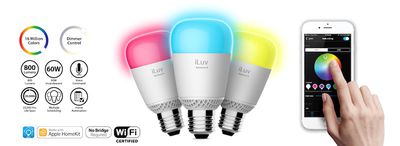
As an improvement on the company's Rainbow7 Bluetooth smart bulb, the Rainbow8 includes over 16 million color options, has a dimming feature, offers 800 lumens of brightness, and will last for a lifespan of over 20,000 hours.
This user friendly smart bulb is now brighter and longer lasting, saving you money in the long run. "iLuv is very proud of the direction we are going," said Jason Park, head of marketing at iLuv.
"The Rainbow8 is not our first smart product, but it is definitely one of our most impressive ones. Unlike most smart bulbs on the market, the Rainbow8 does not require a hub. All you have to do is simply plug in and get started. Once set up, users can do everything from schedule their lighting to setting triggers that control the lights based on their location. You can also create your own customized lighting scenes and use Siri to turn them on."
iLuv's Rainbow8 smart bulb is available for $49.99 from Amazon, "and other select retailers," beginning today. At the time of writing, only 10 of the bulbs were left in stock on Amazon's U.S. store.





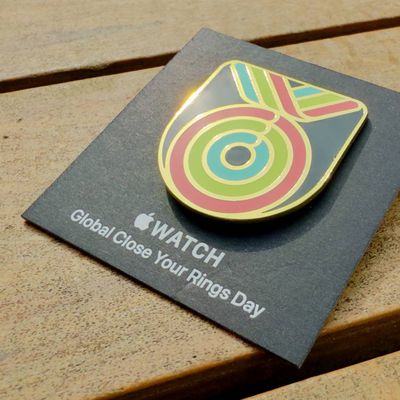


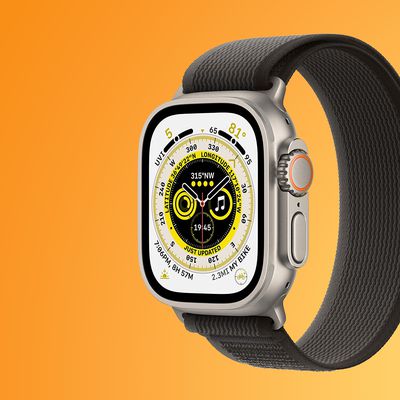

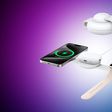









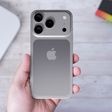
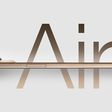

Top Rated Comments
Also, the bridge can have schedules and automation programmed into it directly, without needing any additional software or cloud services to do that.
I've been very happy with the Hue system so far. The bulbs respond near instantly and have been extremely reliable. I suppose both systems have their merits, but I just wanted to point out that needing a bridge isn't a huge deal.
The interior track lights are Mi-Light ('https://www.amazon.com/Mi-light-Dimmable-Spotlight-Smart-Light/dp/B01LARL8PM/ref=sr_1_9?s=hi&ie=UTF8&qid=1489695530&sr=1-9&keywords=milight') GU-10 4 watt LEDs. I went with the 4 watt bulbs because the 5 watt ones didn't fit in my track lights. The cool thing is that they have six chips - two RGB, two warm white, and two cool white. You don't have to pick warm or cool and I set them in between for better color rendering on my photos. I purchased them directly from the manufacturer and they ended up being $10 each, shipped.
The bad thing about the Mi-Lights is that they don't work with any other systems. Thankfully ha-bridge ('https://github.com/bwssytems/ha-bridge') can address that but you have a bit of leg work to get it working. It also means that you have to have an always on computer to run the bridge (it can be something as small as a Raspberry Pi).
I first played with the Mi-Lights with their four lamp kit from Thorfire ('https://www.amazon.com/ThorFire-Changing-Dimmable-Controlled-Remote/dp/B00RL5S5HM/ref=sr_1_8?s=hi&ie=UTF8&qid=1489695530&sr=1-8&keywords=milight') which I see is down to $30 now. Not bad for four lights and a remote to play with. The remote is a bit touchy because it has capacitance controls. Just picking it up you typically turn things on and off by accident. Still, not bad for 30 bucks.
Here's the GU-10 lamps from Christmas to see a bit more of the green...
That was right after I hung the photos and before I setup the lighting for them. :) And another shot of the Lightify lamps from Christmas:
Yes, I can change my exterior lights based on the holiday. :D
I'm happy with the color saturation on both systems.
And there shouldn't be any router slowdown in the way you're thinking - merely having something on the network imposes almost zero burden, a router can track thousands of devices with no problem (the device is just one row in an array to the router), it's all a question of how much network traffic is going to and from each device. A HomeKit device will spend a fraction of a second every 4 hours or so asking the router if it can still keep using the same IP address (via DHCP), and it'll spend a few milliseconds every minute or two announcing on the local network that it is a device that can be controlled via HAP (HomeKit Accessory Protocol) - this is how your iOS device finds your HomeKit devices, by listening for these announcements. There's no other traffic to, or from, a HomeKit device unless you're actively doing something with/to it (i.e. no continuous traffic for a light _being_ on, only for a few milliseconds on the comparatively rare occasions when you tell it to turn on, or turn off). It would take many thousands of HomeKit devices on your network for their periodic announcements to add up to any noticeable fraction of your network traffic. Your Mac is generating orders of magnitude more traffic just having a few open tabs in a browser.